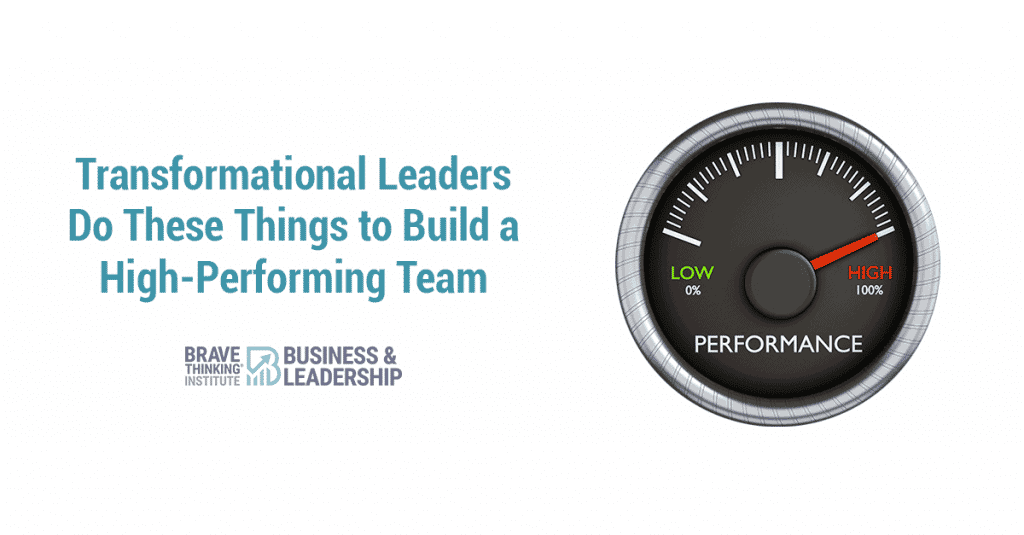Discover 3 Powerful Questions to Stop Wasting Meeting Time Talking About Ideas — and Start Creating Results
Exceptionally successful leaders do things differently than average leaders. They harness the power of seven unique leadership laws — I call them the hidden laws of leadership.
Today, we’ll discuss the fifth hidden law of leadership and examine how it helps you make the leap from pretender to contender.
How to Spot Pretenders
Do you know anyone in your life who fits the description of “All talk, but no action”? They’re the people who wake up each day bursting with ideas, hopes, dreams and things they want to achieve.
Yet, day after day, those dreams and goals remain unchanged. Nothing ever gets done.
These people are pretenders. People who talk about what they want to achieve without ever taking meaningful action or creating measurable results are pretending to be successful.
I don’t want to be a pretender, and I’m sure you don’t either. We want to be contenders.
Contenders are people who are immersed in the fight – people who are getting it done.
Each day, we contenders can measure our progress toward our goal — whether it’s creating more money, more abundance, greater health, or some other form of success.

The four laws of leaderships we have covered so far are the Law of Essential Self, the Law of Distorted Reality, the Law of Vibrational Fit, and the Law of Creative Constraint, and the fifth hidden law of leadership — the Law of Super Structure — can prevent you from slipping into the role of pretender.
A Leadership Meeting that Revealed the Pretender Pattern
In a previous job, I was a leader in a company that had an executive committee meeting every single Tuesday afternoon.
During these weekly sit-downs, the company’s top leadership would hash over the problems our organization was facing and brainstorm solutions.
One particular meeting stands out in my memory. At the time, recruiting was our big challenge. We struggled to attract enough good people into our company – and our results reflected the less-than-ideal quality of our team.
That Tuesday afternoon, we went through our usual exercise. We brainstormed all kinds of great ideas that we knew would absolutely affect that result.
Then we discussed increasing our ad budgets and looking for new places to recruit and advertise.
We talked about improving the quality of our training programs so we could help more people become better and successful at what they’re doing.
We explored creating a new referral program so that existing employees could be rewarded for telling friends and family to come join our company.
And we left that meeting feeling great and congratulating ourselves on coming up with so many smart solutions that could shift the needle on our recruitment challenges. We felt like we had really accomplished something.
Yet, six months later, we were still talking about the same problem. We realized that nothing had actually shifted. We were a team of pretenders.
At that moment in that meeting, I realized that we did not have a good structure for these meetings. It was time to start using the fifth hidden law of leadership, the Law of Super Structure.
Creating a Framework for Success
The Law of Super Structure says that the leader is the master designer of success. You have the power to set your organization up to be wildly successful.
A Super Structure is a format or framework around a particular activity — particularly something that is integral to creating a result.
As a leader who is committed to being a contender, the two most important areas where you want to create Super Structures are:
- Your time
- Your thinking
Structures around your time help ensure that you’re investing your time wisely to create a result.
In the remainder of this article, though, I want to focus on creating a structure around your thinking to make meetings more effective.
3 Questions to Increase Meeting Effectiveness
Whenever I’m in a meeting, there are three questions that I’m looking to answer that I know will move some amazing energy. I encourage you to use these questions to help make meetings more productive and to ensure that you and your team become contenders.
Question #1: What actions are we deciding to take?
Anytime someone comes up with a good idea in a meeting, conclude the brainstorming with this two-part question: “Are we deciding to act on that? And if so, what’s the action?” Document your answers.
Question #2: Who is accountable?
A committee cannot own the action. One person has to be accountable. So ask who is going to own the action – and document the answer.
Question #3: By when?
Commitments without deadlines won’t get done. They’re wishes, not true commitments. Document the date by which the action(s) will be complete.
When you begin to ask these questions in meetings and document the answers, you’ll see a massive energy shift.
Suddenly things will start to get done — and your business results will start to increase.
When we started using these 3 questions in my company, we started to gain traction. We were able to solve problems like our chronic recruitment issue, which made a massive difference in our business.
Improve Your Personal Performance
You can use these three questions even when you are a committee of one.
As you think about your goals and actions you could take to achieve your dreams, stop and ask yourself these questions.
If you hit upon an idea that excites you, pause and question yourself: “Okay, am I actually deciding to do that? What’s the action I’m deciding to take?”
The second question is an obvious answer: If it’s a solo conversation, you’re the only one who is going to own it.
Wrap up this exercise by committing to a deadline. Then document your commitment in your calendar.
If it’s a bigger commitment that requires more than one work session to complete, make sure to mark the completion deadline in your calendar, as well as block off time to work toward the goal.
Make Your Thinking Time More Effective with the Law of Super Structure
Because you’re reading this article, I know that you want to be a contender — not a pretender.
The hidden laws of leadership will empower you to make major shifts and enjoy extraordinary results.
Use these three questions — what are we deciding to do, who will own the action, and what is the competition date — to ensure that the precious time and energy you invest in thinking about solutions to your problems actually creates movement toward your goals.
What other strategies do you use to avoid slipping into the role of pretender?
Share your ideas below so we can learn from each other’s experience!




Genius….. Simple but not simplistic and straight to the point. I love how momentum is the name of the game. Moreover, the importance of measuring your action steps and verifying that they are the correct actions that are paving the way to our goals.
This is something that I will be using with my business development team!
Thanks John for your insight and vision.
We love your deep gratitude, Mitchell. We will pass it along to John! 🙂 Keep thinking bravely and acting boldly!